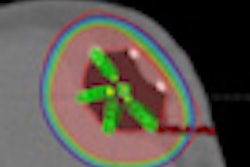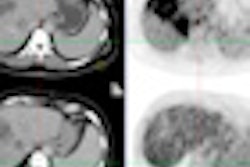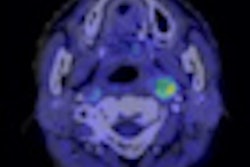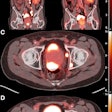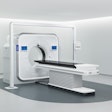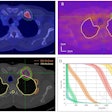Breast cancer patients treated with intensity-modulated radiation therapy (IMRT) instead of conventional whole-breast irradiation have a lower incidence of acute or chronic toxicities, according to a study published online in Practical Radiation Oncology.
Researchers at the Beaumont Cancer Institute of Oakland University William Beaumont School of Medicine retrospectively evaluated the acute and chronic toxicities experienced by a total of 335 patients treated for invasive early-stage breast cancer.
Between 1999 and 2001, 87 women received standard fractionation whole-breast irradiation with traditional wedge therapy and 93 women received the same treatment dose of whole-breast irradiation with IMRT. Between 2006 and 2010, 155 women received hypofractionated accelerated whole-breast irradiation with IMRT (Pract Radiat Oncol, February 27, 2012).
Patients who were prescribed a standard fractionation schedule received a median radiation dose of 45 Gy with a median 16-Gy tumor bed boost. Patients on the hypofractionated accelerated schedule received a median radiation dose of 42.56 Gy without a boost.
Acute and chronic toxicities were assessed throughout treatment and at patient visits every three months following treatment for the first two years, every six months for the next three years, and annually thereafter. Patients were analyzed based on their age, tumor size and stage, receptor status, margin status, breast volume, lymph node status, and whether they were having adjuvant chemotherapy and/or adjuvant hormonal therapy treatments.
Radiation therapy using IMRT -- regardless of the length of treatment -- reduced toxicities. Lead author Dr. Chirag Shah, from the department of radiation oncology, and colleagues determined that IMRT reduced rates of grade 2 or higher dermatitis, edema, and hyperpigmentation. Breast cosmesis was also better.
While larger-breasted patients had higher rates of toxicity compared to smaller-breasted patients, the study findings suggest that larger-breasted women excluded from hypofractionation because of their breast volume might now be considered for an accelerated treatment schedule as long as IMRT is used.





